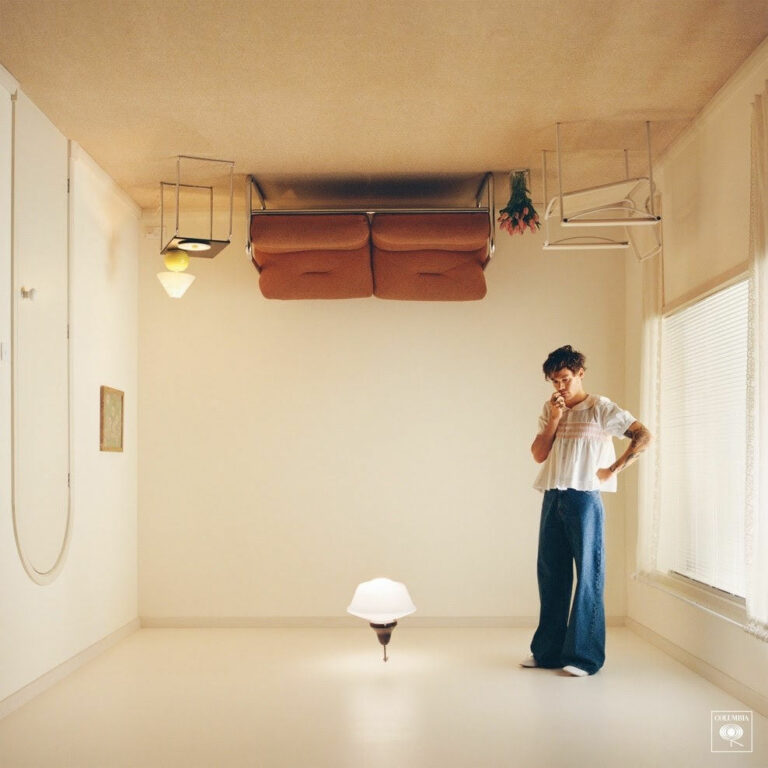Meet Le Corbusier, the brilliant Swiss-French architect, designer, painter, urban planner, and writer who has left a lasting mark on modern architecture. Revered as one of the pioneers of the movement, his influence can still be seen in contemporary design today. With a unique approach that blended functionality with bold sculptural expressionism, Le Corbusier was able to produce revolutionary buildings that were not only visually striking but also practical in their purpose.
THE IMPORTANCE OF LE CORBUSIER
Le Corbusier was a trailblazer in the development of the International Style, a movement that transformed the face of modern architecture. Alongside Mies van der Rohe and Walter Gropius, he set out to create a new architectural style characterized by clean, rectilinear forms, open interiors, and “weightless” structures. In 1927, he published his five principles of new architecture, which is widely regarded as blueprint for modern architecture.
One of the most influential of these principles was the use of pilotis, a grid of columns that replaced load-bearing walls, freeing up floor space and enabling architects to design more open and flexible living spaces. Another important principle was the use of free floor plans, which allowed for living spaces to adapt to changing lifestyles without the limitations of load-bearing walls.
Le Corbusier was also a proponent of roof gardens, which was brought to architectural design as a way to bring back nature to cities that were being highly developed and build-up He preferred the use of horizontal windows that cut through non-load-bearing walls, providing even light and panoramic views. Finally, he championed the use of free facades, which allowed for open and closed sections that could actively connect or separate interior and exterior design elements.
Although Le Corbusier’s work was often lauded for its sculptural quality, he was equally committed to function and the role of architecture in shaping social landscapes. He envisioned the “Unité d’Habitation,” a large apartment block that offered spacious housing, shaded social spaces, roof gardens, shopping streets, and other amenities. His goal was to create homes for the masses that were not only habitable but also truly livable.
WHAT ARE LE CORBUSIER’S FIVE PRINCIPLES?
In 1926, Le Corbusier, in collaboration with Pierre Jeanneret, penned a visionary manifesto titled “Five Points Towards a New Architecture”. This seminal work laid out a bold vision for modern architecture, centered around five key principles that would revolutionize the field. These principles included the use of supports to replace load-bearing walls, the freedom to design the ground plane, horizontal windows for even light and panoramic views, the flexibility of designing facades, and the introduction of lush roof gardens. The manifesto is widely regarded as a manifesto of modern architecture and a testament to Le Corbusier’s status as an architectural pioneer.
A summary of Le Corbusier’s “Five Principles”:
- Buildings can be any shape or size, without any restrictions.
- Reinforced concrete is used for all parts of the building, including roofs and floors.
- The ground floor of the building should be open and spacious, with uniform building heights.
- Simple shapes like cylinders and spheres are used to make more space and emphasize vertical lines.
- Natural lighting is very important in the design of buildings.
LE CORBUSIER’S MOST INFLUENTIAL BUILDINGS
VILLA SAVOYE

Perhaps his most famous work is the Villa Savoye, located outside Paris. Built in 1928, the villa is an iconic example of Le Corbusier’s use of geometric forms and his interest in incorporating nature into his designs. Its open floor plan and emphasis on light and space helped to establish the style that came to be known as “International Style.”
NOTRE DAME DU HAUT

Another iconic work of Le Corbusier is the Notre Dame du Haut, located in Ronchamp, France. Built in the 1950s, the chapel is a stunning example of his ability to blend traditional materials with modern techniques. The chapel’s undulating roof and stark white walls make it a striking landmark in the French countryside.
THE IMPACT OF LE CORBUSIER’S FURNITURE DESIGNS

In addition to his architectural work, Le Corbusier is also known for his furniture designs, which are still produced and popular today. His LC2 chair and LC5 chaise longue are sleek and functional designs that are often featured in contemporary interiors.
CRITICISMS
Despite his contributions to the world of architecture and design, Le Corbusier has also been criticized for setting the stage for the concrete social housing blocks that were thrown up in the post-war years. Some have accused him of valuing functionality over the human experience, resulting in the creation of bleak, soulless living spaces.
Nevertheless, Le Corbusier’s influence on modern architecture and design cannot be denied. His groundbreaking designs continue to inspire architects and designers around the world, and his legacy lives on through his innovative and visionary approach to the built environment.




































